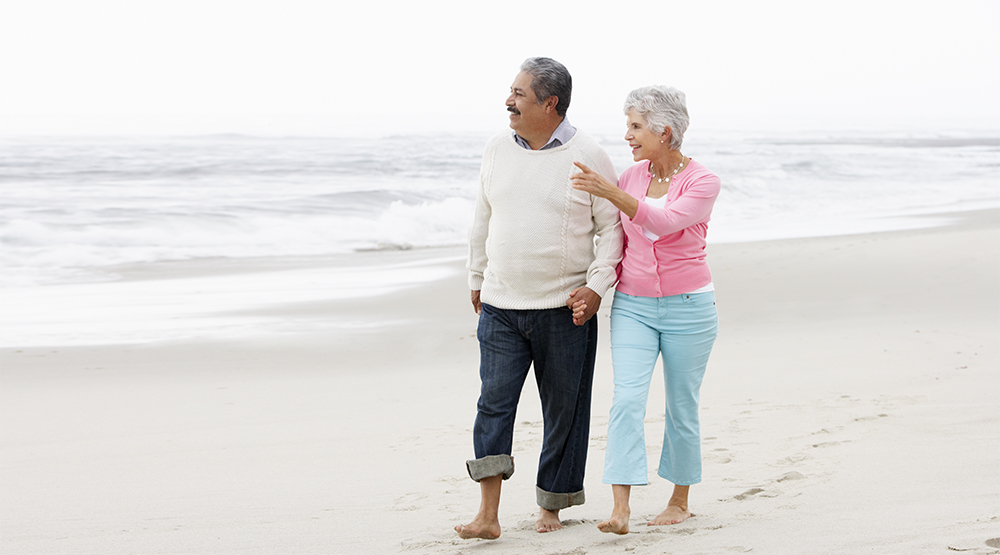Older adults should consider the health of their veins. Paying attention to venous health is an important aspect of successful aging – and one that has historically gone untreated.
“Many seniors have been told that heavy, aching legs are a normal part of aging, but that’s often not the case,” said Dr. Asbjornsen of the Vein Healthcare Center in Maine. “There are solutions for venous insufficiency that make people feel better, no matter what their age.”
Venous insufficiency occurs when healthy veins become damaged and allow the backward flow of blood into the lower extremities. This pooling of blood can lead to a feeling of heaviness and/or aching and can cause skin changes, such as spider veins or a brown, woody appearance of the lower legs.
Seniors’ veins respond differently to everyday stress compared to that of a younger person’s because vein walls are primarily made of collagen. As the body ages, a decrease in the production of collagen causes the veins to become more brittle and the values more likely to fail, especially in the superficial veins. Thus, there is a higher incidence of varicose veins in the elderly population.
Additionally, the skin begins to lose its elasticity and doesn’t respond to stress the way it once did And because skin is the “end organ” of venous disease, ulcers can occur as a result of damaged veins.
Deep vein thrombosis (DVT) is more common than once thought. DVT occurs when a blood clot forms in one of the large veins, usually one of the lower limbs, such as the thigh or calf. The incidence of DVTs is higher in older people because of three main risk factors:
- Trauma to any blood vessel due to surgery or even bumping into something
- Decreased blood flow due to immobility
- An abnormal tendency toward blood clotting
Because seniors tend to be less active as a result of other medical conditions, such as arthritis or a respiratory issue that makes them less likely to walk or exercise, they’re more likely to become immobile as a result of a surgery or injury (such as a knee or hip replacement).
Some seniors think that “vein stripping” is the only option. While it was the go-to procedure for many years, treatment for venous disease today is vastly different. Breakthroughs in phlebology and new approaches to treatment involve less time, less pain and they are overwhelmingly successful over the long term when performed by an experienced specialist. The risk-benefit ratio makes treatment an ideal option for seniors.
Although seniors have a 50% greater chance of suffering from vein disease, they have the same success with modern treatment options as anyone else. Modern techniques, such as endovenous ablation or ultrasound-guided sclerotherapy, are the most effective solutions for the majority of vein problems. They are minimally invasive, highly successful and are not reserved for the young.

